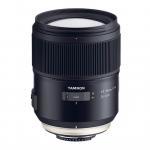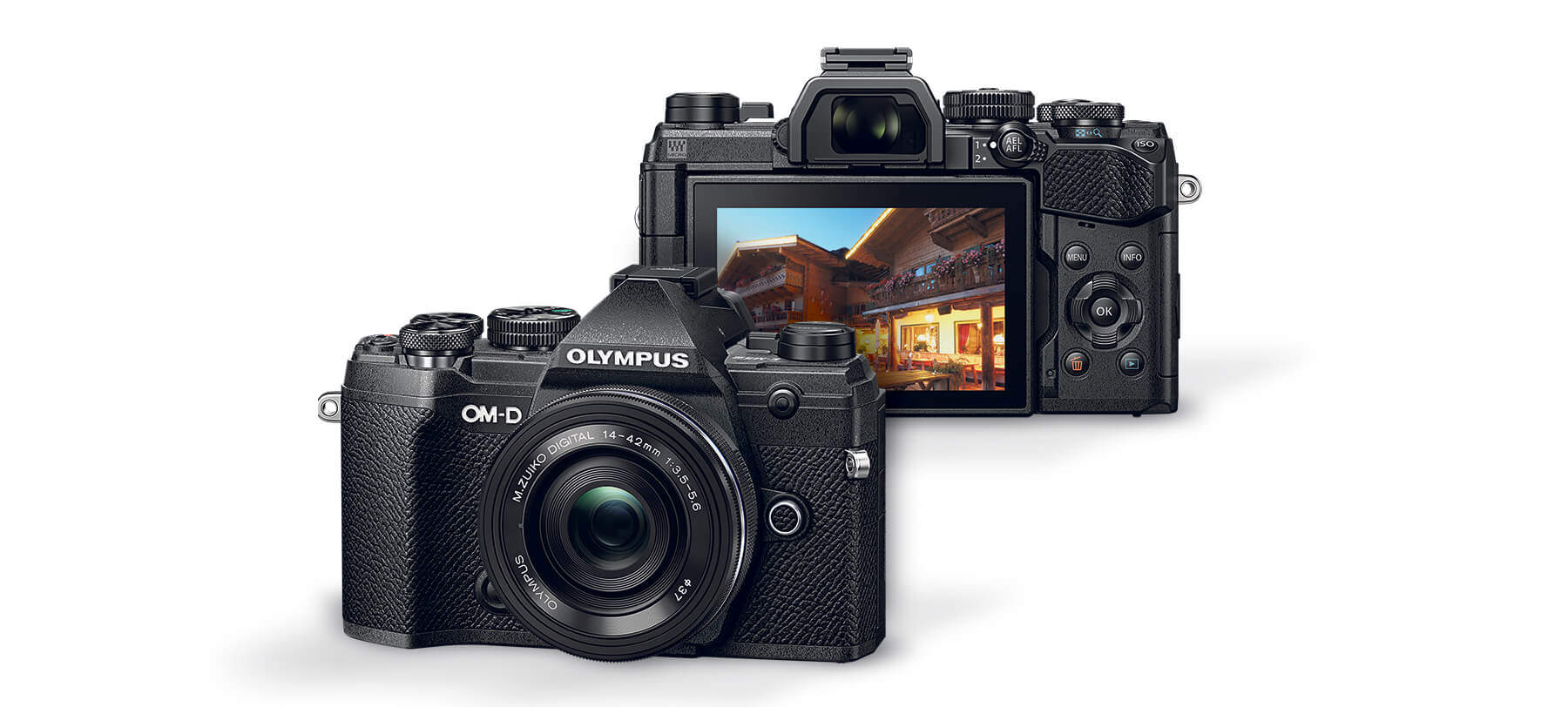
Olympus OM-D E-M5 Mark III test: a lightweight wonder
Posted on Nov 29, 2019
Olympus’s latest marketing slogan is ‘break free’ and with a lightweight, compact body and a rich feature set that will appeal to still and video shooters, the OM-D E-M5 Mark III could help you do exactly that.
Mobility has been Olympus’s mantra for decades, whether with its half-frame PEN cameras in the 1960s, the classic OM1 and OM2 in the 1970s, and now the Micro Four Thirds generation for the digital era.
The latest arrival is the OM-D E-M5 Mark III – which seems to have been a long time in arriving, but maybe that’s because its predecessor is coming up to five years old. Anyway, the OM-D E-M5 Mark III is here with a body price of £1099, and a £100 trade-in bonus running until 6 January 2020 on any camera. If you’re an OM-D E-M5 Mark II owner you may well look at the new model’s specification and wonder if the differences make the Mark III worth upgrading to.
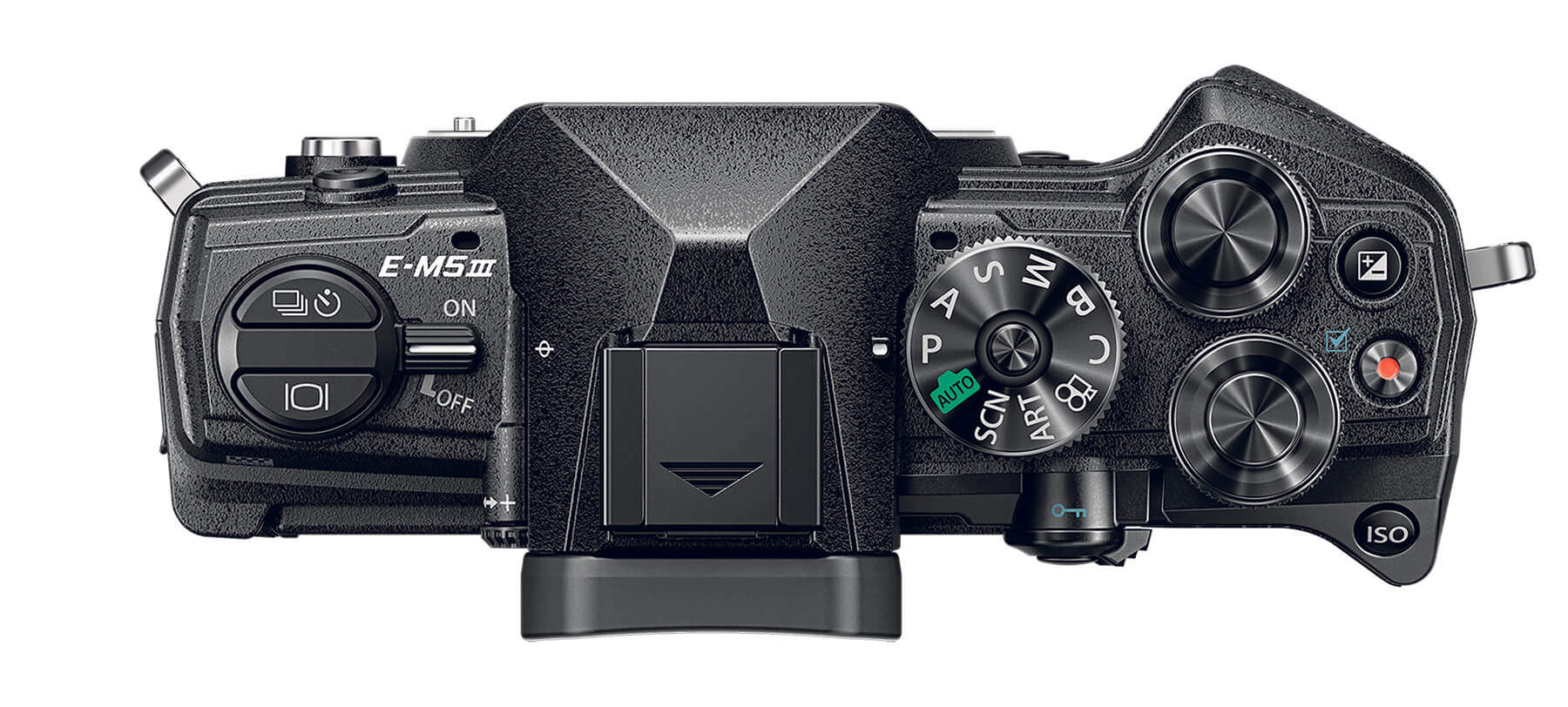
The Mark III’s sensor and processor are the same as the OM-D E-M1 Mark II, so while this is a known quantity it is also three-year-old technology, and still only 20.4-megapixel resolution with a noise performance that is merely decent rather than outstanding.
There are significant strides elsewhere, however. The OM-D EM-5 Mark III is the first in the series to have phase detect autofocusing, with its 121 point system with face detect, and that has great potential for stills and video shooting. Speaking of moving images, there is 4K video mode, too. For smooth, shake-free shooting there’s an improved, five-axis in-body image stabiliser, which offers up to 6.5EV benefit with supported lenses.
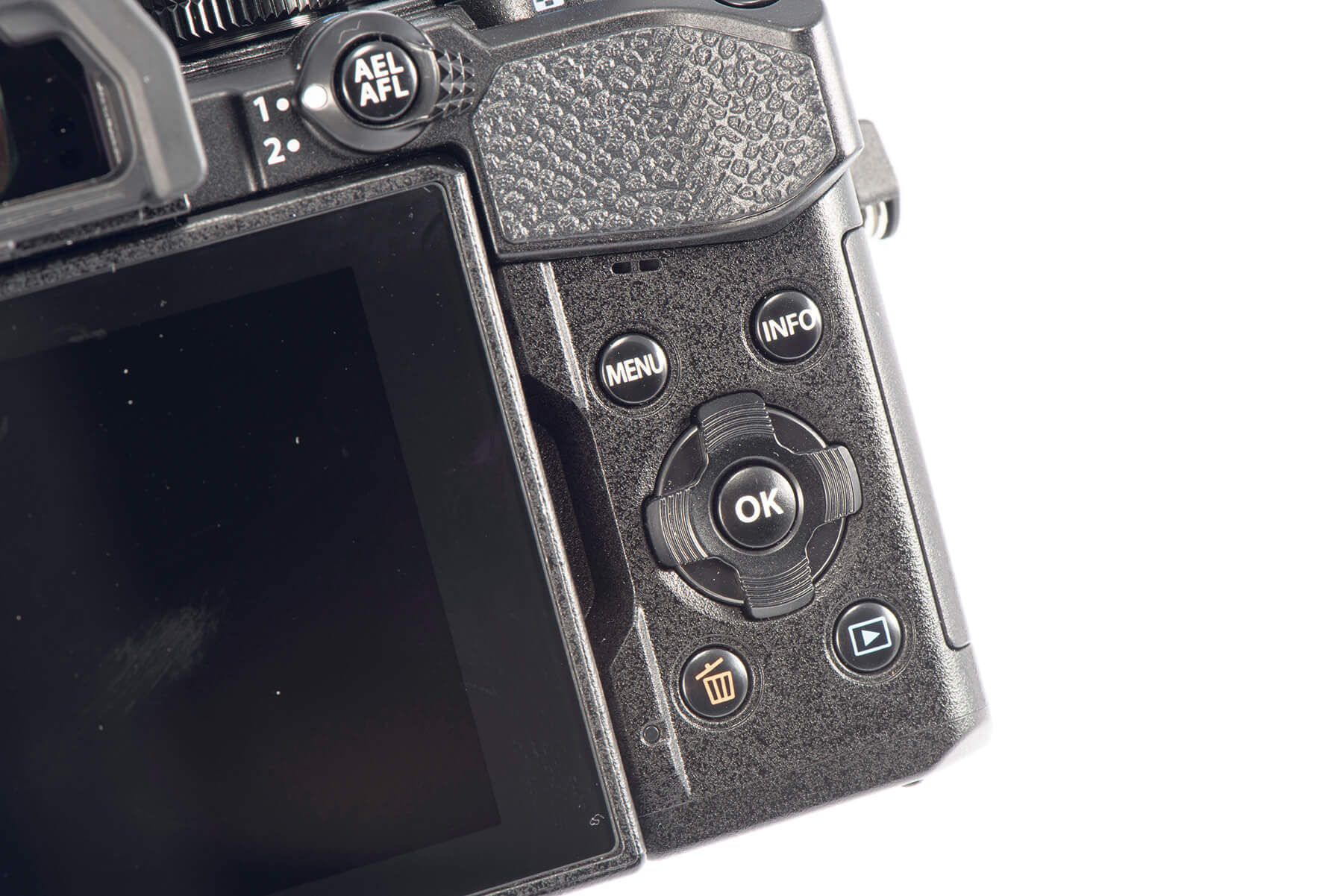
Performance: ISO
This twilight scene was shot with the OM-D E-M5 Mark III fitted with a 12-40mm f/2.8 zoom, and mounted on a Gitzo GT1555T Traveler tripod. The ISO 200 image needed an exposure of six seconds at f/7.1. No noise reduction was applied either in camera or in Raw processing, which was done in Olympus Viewer 3.
The OM-D E-M5 Mark III delivered a sound, high ISO performance, and while noise started appearing from ISO
800 it was fine, and easily processed out with a little noise reduction in software.
In areas of even mid-tones and shadows, noise was more obvious by the time ISO 1600 was reached, and fine detail started to be impacted. Noise started to be more of an issue by ISO 3200 – fine detail was starting to lose its bite and the graining effect was quite strong. I’d probably stop at ISO 3200 if, say, A3 prints are the goal, but it all depends on an individual’s shooting situation and expectations for the end picture.
However, if you need to ramp up the ISO to ensure sharp images, even at ISO 6400 the results are impressive – a good showing from a Micro Four Thirds sensor.
Click the images to see a larger view
Look through the EVF and you will see one massive improvement in the new camera, compared to the OM-D E-M5 Mark II. I had both cameras to hand, and I was amazed at just how good the new OVF is. The image is so bright and contrasty, and fine detail is really crisply resolved. In practical situations this makes such a difference, for example when manually focusing in grim light.
Aside from the OM-D EM-5 Mark III updated feature set, compared with its predecessor, the new camera has some control and body layout changes, too. To keep weight down there is greater use of plastics around the body, including the top plate, with the net gain that the new camera – at 414g body weight – is around 50g lighter than its predecessor. It is still weather-sealed, however, and the touch monitor is still articulated to aid selfie shooting.
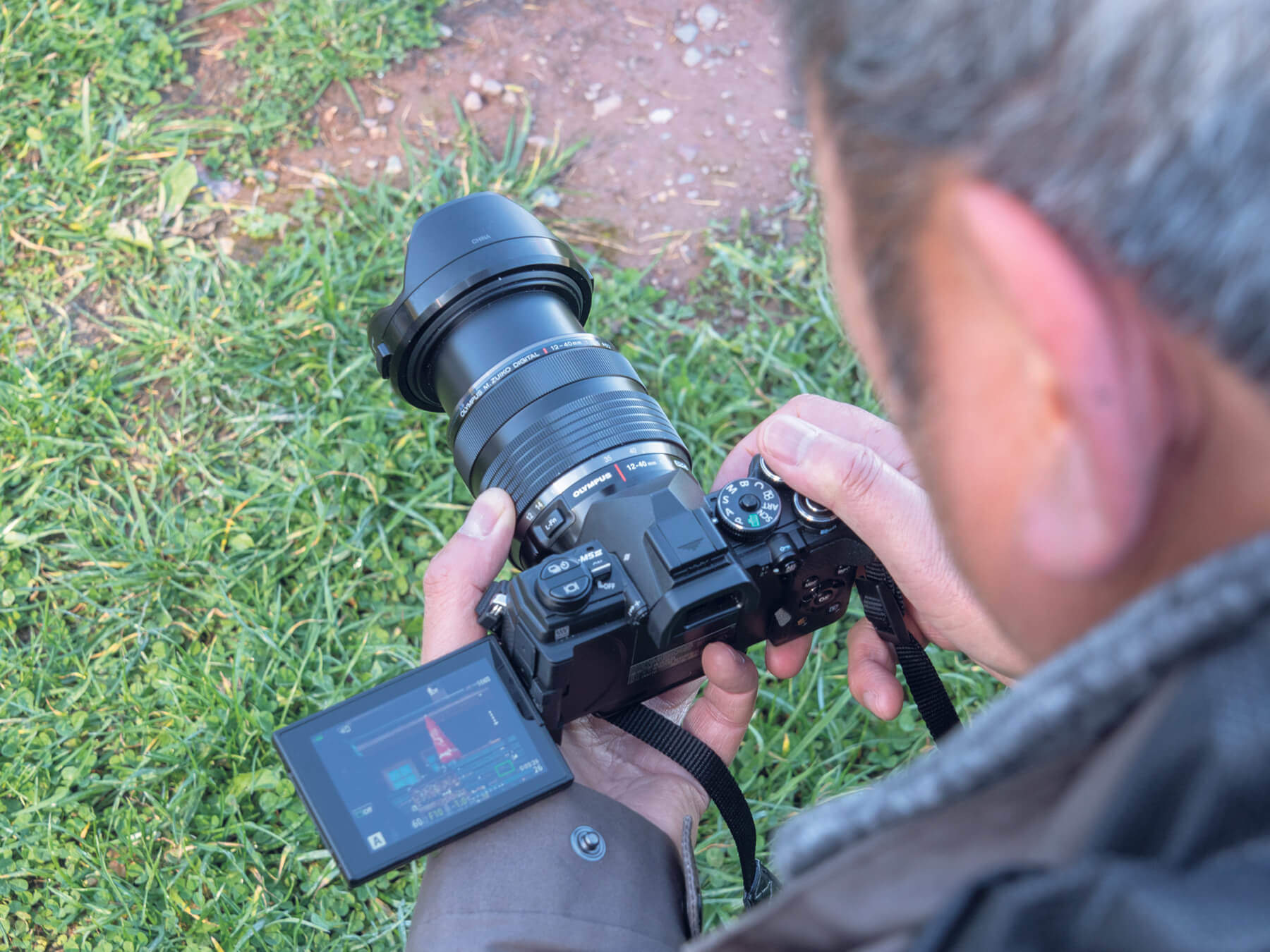
On layout, I like the options of setting ISO and exposure compensation via buttons adjacent to the shutter release. Of course, if you prefer using the front input dial, the quick menu or the menu to adjust these features, then these are still available. The rear ISO button sits atop the extended thumb grip and is accessible while the eye is up to the finder (with a minor hand readjustment) and the exposure compensation button can be depressed with a quick shift of the forefinger, although you still need to shift your thumb to adjust the setting. Just to be contrary, I preferred using the front/rear input dials to directly adjust compensation/ISO, but as least there’s the option.
Not having too many buttons around the shutter release is a good thing, in my opinion – there is no HDR or live view button, for example, as found on its predecessor.
There’s no focus lever on this camera so you have to manage with the four-way rear hub instead, which means more of a hand position change compared to using a focus lever. That said it works fine, and means you can adjust focus zones if you need to while you’re there.
Focusing bracketing (for merging later) and in-camera focus stacking where up to eight images can be merged are both featured.
Performance: exposure latitude
To assess the latitude of Raws from the OM-D E-M5 Mark III, several sets of exposures featuring a variety of lighting situations were made in manual exposure mode. The metered correct exposure in this example was 1/250sec at f/10, and this was bracketed in 1EV up to +/-4EV.
The Raws were processed and exposure corrected in Olympus Viewer 3. Tolerance to overexposure was okay but not outstanding, and exposures at +2EV and more did not respond well to exposure correction; even the +2EV showed slightly grey, veiled tones in the strong highlights. Overexposure by +1EV was recovered much more successfully, with a result almost identical to the correctly exposed image.
A much better showing was seen with underexposure, and while the -2EV and -3EV images gained a little digital noise in the shadows, it was acceptable and not too obvious. The -1EV image recovered perfectly well.
Raw files from the OM-D E-M5 Mark III had respectable exposure latitude, especially with underexposure, but were not so good with overexposure, where highlights were recovered less successfully.
Click the images to see a larger view
Another change is having the creative B modes, Live Bulb, Live Time and Live Composite accessible via the main exposure mode dial, and that saves rummaging through the menu looking for them. By the way, the items are in the E2 menu.
Neither feature is new and both are available on other Olympus cameras, but it is certainly worth a quick recap because they are neat.
Live Bulb and Live Time are alike but with the former, as with most B modes, the shutter release has to be held or locked down during the whole exposure, while the latter needs one push to open the shutter and another press to end the exposure. Both modes allow the image to refresh up to 24 times at the lowest ISO setting, at intervals from 0.5sec to 60secs during the exposure, and you see the image build up after each refresh. When the image reaches the point where it looks right, the shutter can be closed.
Live Bulb and Live Time are ideal for very dark or night scenes, while Live Composite is designed for tackling star trails or fireworks because in this mode, constantly lit areas are not burnt out and only new light sources are added to the image (hence its usefulness for stars and fireworks). Once the shutter is open, with a push of the shutter button each individual exposure can be from 0.5sec to 60secs; after each exposure the live image is updated, and again you can watch the image build up as new light sources add to the effect.
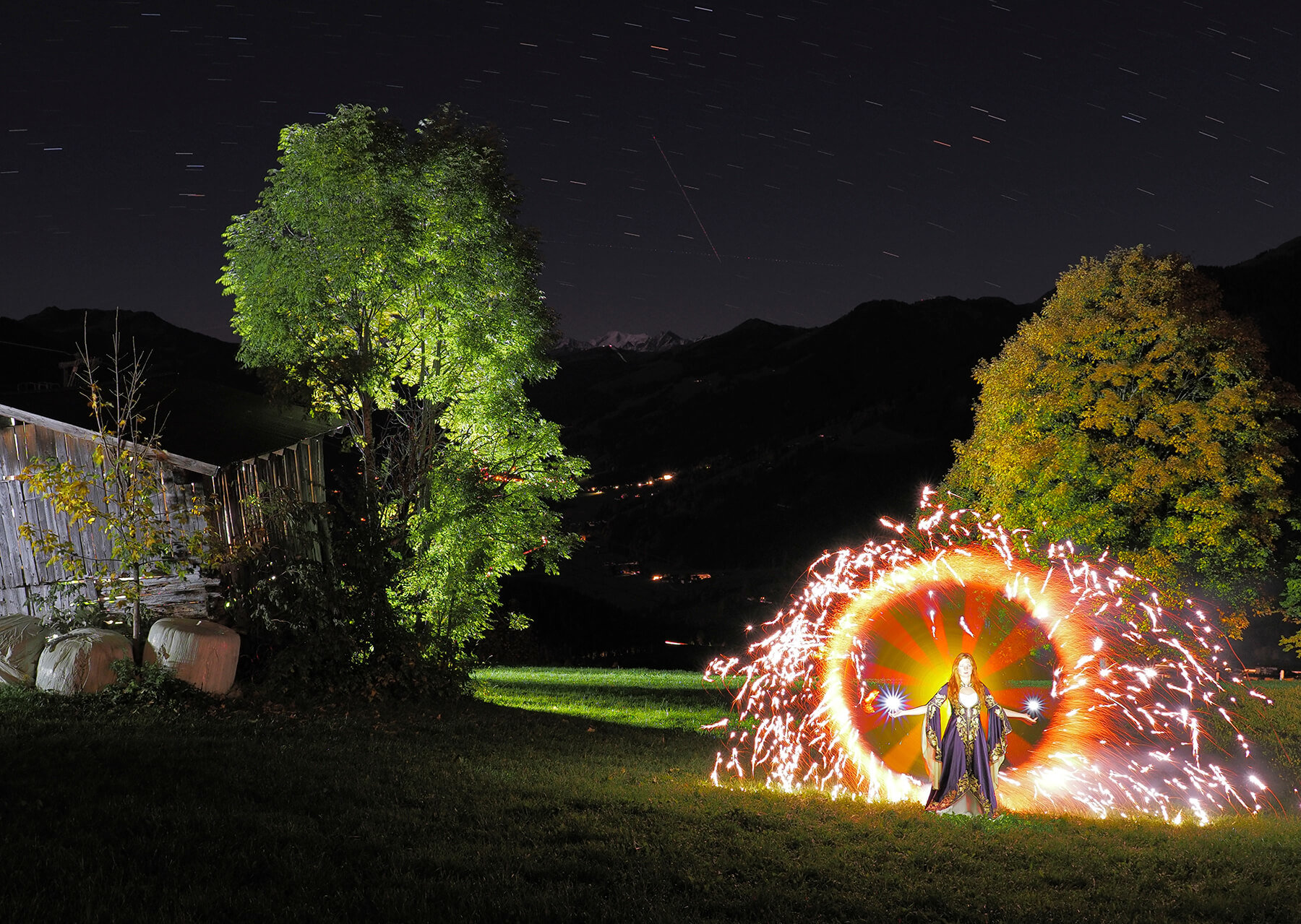
There are more regular Olympus features to enjoy with the OM-D E-M5 Mark III. There’s high-res shot mode, where the tripod-mounted camera makes eight exposures with a sensor shift between each, and once merged in-camera gives 50-megapixel Raws.
The camera’s IBIS system works well, with a claimed 5.5EV benefit and 6.5EV with certain lenses. I did tests with the 12-40mm f/2.8 and was pleased with the results, achieving very sharp images at shutter speeds as long as one second. Out of five shots I got three sharp, and of course my success rate increased as shutter speeds got faster – by 1/8sec,
I achieved five out of five.
Performance: high-res shot mode
The OM-D E-M5 Mark III has a high-res shot mode where the camera uses sensor shift to take eight shots, which it then merges in camera to give a 50-megapixel or 25-megapixel JPEG file. The camera needs to be on a solid tripod, and there should be no movement in the scene. Unlike some recent cameras there is no in-camera solution to small degrees of movement.
In this mode, the camera uses its electronic shutter within the ISO range of 200 to 1600. You can also set a time delay before the shooting process starts, after the shutter is depressed and the interval between shots.
Processed Raws – these shots were done in Olympus Viewer 3 – open up to 10,369×7776 pixels and JPEGs to 8160×6120 or 5760×4320 pixels; this compares with the usual output of 5184×3888 pixels.
The test shots here were taken with the OM-D E-M5 Mark III fitted with the 12-40mm f/2.8 lens, and the pair were fixed to a Gitzo carbon-fibre travel tripod; there was a four-second delay before the exposure was made.
High-res shot mode makes the most of fine detail within a scene and also gives less digital noise. But it is worth repeating that for successful high-res shots, the camera needs to mounted firmly on a solid tripod, the subject needs to be static – and when the planets align you will be rewarded with some stunningly impressive shots.
Click the images to see a larger view
Images With the high-res shot mode recording much more data, digital noise performance is improved, which is what we show in this image set. These were taken in a dim hotel lobby at ISO 200 and ISO 1600 in high-res shot Raw. The ISO 200 shot was exposed at 5secs at f/8. Images were processed in Olympus Viewer 3 with no noise reduction applied

In video mode, using M-IS1 means stabilisation is done with both sensor shift and digitally, and this gives a slightly cropped image compared with M-IS2 (this is sensor shift IS only). Walking around shooting video with the camera gives remarkably smooth, not-jerky, watchable footage.
A big benefit to stills and video shooting is the camera’s physical performance, with skilful exposure and white-balance control. Perhaps most impressive was its AF skills – here it proved quick, smooth and decisive in a broad range of conditions, and only consistently failed if the focus point was aimed at areas of plain, even tone like a blue sky. The face detect also works assuredly and does well tracking people as they walk across the image area, and sensitivity in poor contrast and low-light scenes was very good, too.
Rapid shooting of full resolution Raw files is an Olympus trait and that applies here, although it’s not up to the speed of the Olympus’s pro-orientated cameras. The OM-D E-M5 Mark III gives 10fps with its electronic shutter and 6fps with the mechanical option, with AF/AE tracking, and that is still good enough for non-action shooters.
Using a SanDisk Extreme Pro 170MB/s SD card at 10fps with the mechanical shutter, I got 22 Raws before it started buffering, and the buffer then took around 12 seconds to clear.
While in Pro Capture mode you can shoot at 30fps with fixed focus, or 10fps with tracking; in this mode the camera starts capturing with part-depression of the shutter button, and then only records images up to 0.5 sec previously once it is fully depressed.
Generally, whether you are a newbie to the series or an existing series owner, I think you will be impressed with the camera’s layout, delivery of great pictures and overall usability.
More from the OM-D E-M5 Mark III
Click the images to see a larger view
Verdict
Current OM-D users looking to upgrade or wanting a second body may find the feature set, performance and handling improvements attractive enough to stump up the cash.
Looking beyond existing OM-D users I think image makers currently uncommitted to a system will find much to like and enjoy in this camera, and that applies to DSLR owners who want the option of a lighter, more compact kit when toting their full-frame kit around simply doesn’t appeal.
The Olympus OM-D E-M5 Mark III is a classy, capable camera and sells at a competitive price point for its feature set.
Pros: Really portable camera, good handling, smart AF, versatile, IBIS, USB charging, lovely EVF
Cons: No headphone socket, no focus lever, one SD slot
| Features | 23/25 |
Very good image stabiliser, 4K video, skilful AF and so much more |
| Handling | 24/25 | Good control layout makes the OM-D E-M5 Mark III a lovely, intuitive camera to use |
| Performance | 24/25 | Accurate and consistent exposure, focus and white-balance performance |
| Value for money | 23/25 | For what you get, this is a competitively priced camera |
| Overall | 94/100 | There’s much to love and enjoy about the OM-D E-M5 Mark III. It’s a capable, likeable and nicely priced camera |
For more information, please visit the Olympus website.
As featured in issue 72 of Photography News.


























